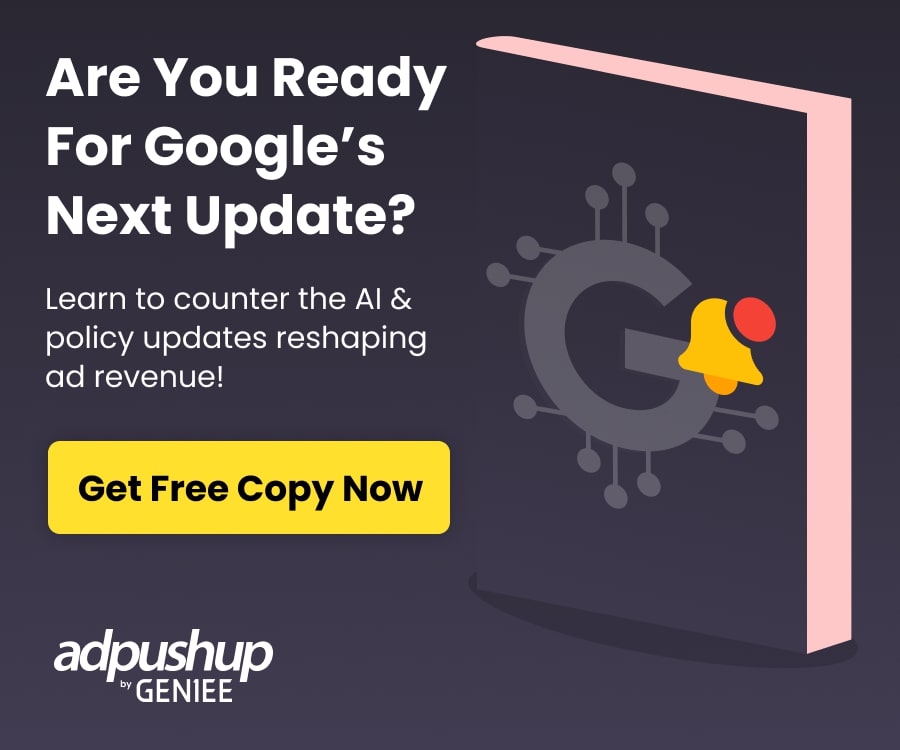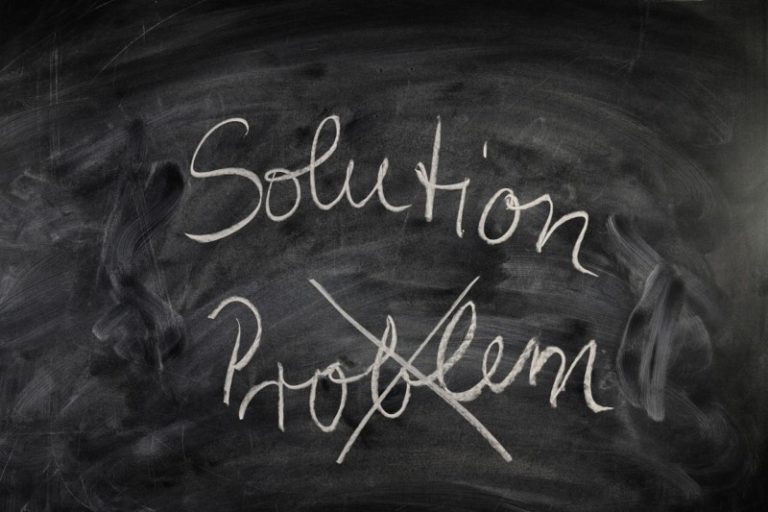An in-depth look at how you can use memory-related cognitive biases such as humor effect, IKEA effect, and more to make your content your memorable.
Much before the Internet marketing came along, brand recall was still one of the most important things that shaped consumer behavior. We went to a McDonald’s or a KFC, besides other reasons, because we were being constantly reminded of the brand by interesting and witty ad campaigns.
But wait, how exactly do memories get made? And are there any loopholes that can be used to reduce the amount of time or effort that goes into making them?
Turns out, yes, there are. In fact, there are more than one cognitive biases that affect the way memories are encoded in the brain—smart marketers know about them—and they use them. Here’s how you can too.
1. Humor Effect
What it says: Humorous items are more easily remembered than non-humorous ones, which might be explained by the distinctiveness of humor, the increased cognitive processing time to understand the humor, or the emotional arousal caused by the humor.
Here’s an example of humor being used to make content memorable. Think about your favorite scene from Seinfeld… or any other sitcom that you like.
Chances are that even if you don’t remember the dialogues verbatim—you remember the general idea, theme, or joke upon which the scene was constructed. For instance, here’s my favorite scene from Seinfeld, I couldn’t forget this scene if my life depended on it. And I could probably reproduce the dialogues too.
Apart from entertainment, another industry that makes full use of the humor effect to get its message across and make it stick is advertising.
From tongue-in-cheek to subtle to raunchy, humor is a regular staple for advertising executives when creating new campaigns for print, outdoors, or TV.
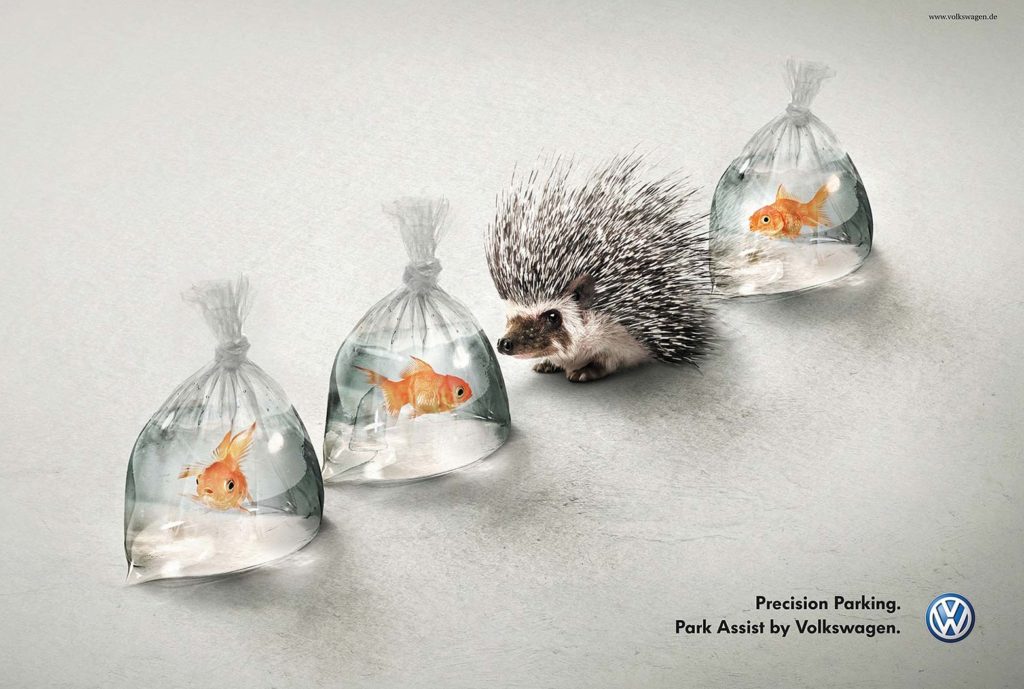
When talking specifically about web content, websites such as Cracked, The Onion, CollegeHumor, Funny or Die, and ClickHole rely almost entirely on the humor effect to make their content memorable.
Humor is about context, so the kind of humor that may work for Cracked may be too edgy for, let’s say, a B2B blog, but that doesn’t mean businesses can’t benefit from using the humor effect—just that they have to tailor it to the audience.
Not just blogs, but any type of content including eBooks, infographics, emails, and even resumes can be made more memorable if it manages to make the recipient laugh, or at the very least, amuse them.
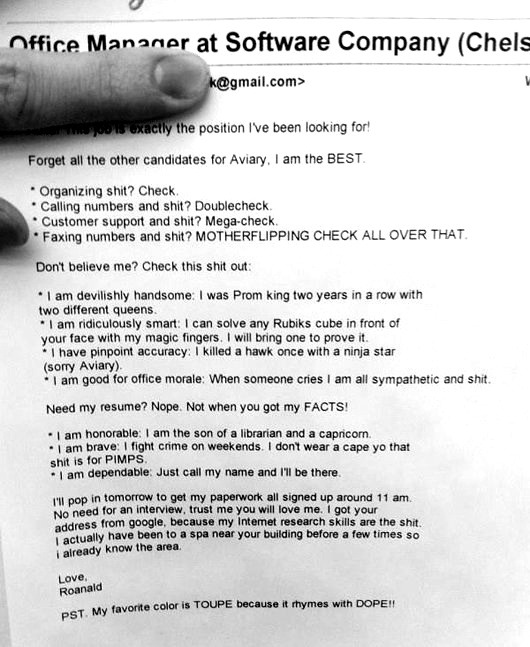
The takeaway here is that if for whatever reason, the content you’re producing sounds too stale or “corporate”, it’s probably a good idea to start employing a more informal tone and infuse a little bit of humor in it. <dies from the pressure to end this point with a joke>
2. IKEA Effect
What is says: The tendency for people to place a disproportionately high value on objects that they partially assembled themselves, such as furniture from IKEA, regardless of the quality of the end result or the time spent doing it.
More often than not, we come to like the things that we put any amount of effort doing ourselves—whether that’s making grilled cheese or writing a whitepaper. I guess you could say that we’re emotionally attached (and partial) to our creations.

The IKEA effect is useful if you’re just starting out and need to be noticed by other influencers and established players within the niche that you’re targeting.
Collaborating storytelling (think expert roundups and interviews) is a great way to include others in the process of content creation and make them feel like a part of the process. For instance, let’s say you run an online luxury magazine… you could reach out to leading restaurant reviewers and put together a post on “The 15 Most Luxurious Dining Experiences You Can Have In Europe”.
The 15 experts you reach out to as part of compiling the story will now always remember your blog and will not only share your post among their networks, but also refer to it long after it’s been published.
3. Picture Superiority Effect
What it says: Concepts are much more likely to be remembered experientially if they are presented in picture form than if they are presented in word form.
How many science concepts do you remember from high school? Well, I’m sure if nothing else, you remember the water cycle, and according to the picture superiority effect, that’s because almost every textbook has a great illustration of it.
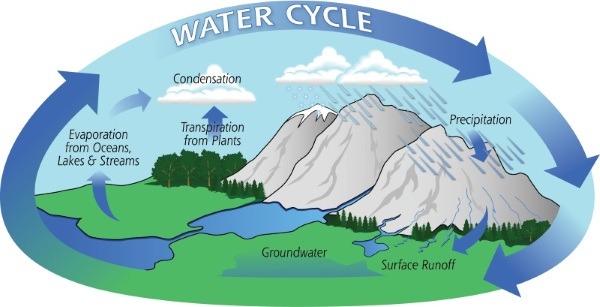
Okay, so visuals are better suited than text or audio for recall of information, but how much better? Here’s a quote from John Medina’s book Brain Rules: 12 Principles for Surviving and Thriving at Work, Home, and School:
“Based on research into the Picture Superiority Effect, when we read text alone, we are likely to remember only 10 percent of the information 3 days later. If that information is presented to us as text combined with a relevant image, we are likely to remember 65 percent of the information 3 days later.”

Understanding the importance of images and visuals is the first step towards effectively using them to make your content more memorable. If you want your readers to better remember your content, augment your text with relevant visual aids such as pictures, charts, maps, timelines, and flowcharts.
4. Serial Position Effect
What it says: When asked to recall a list of items in any order , people tend to begin recall with the end of the list, recalling those items best (the recency effect). Among earlier list items, the first few items are recalled more frequently than the middle items (the primacy effect).
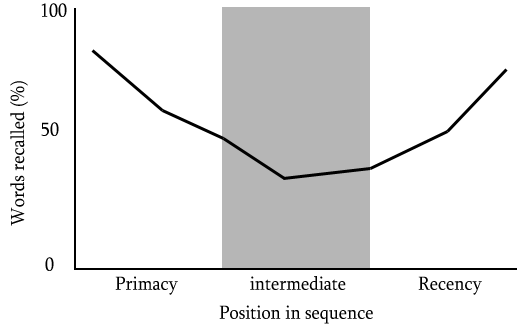
While assimilating a list, more processing power is devoted to items at the beginning of the list as the first item can be memorized by itself, but the second items requires the memorization of the first and the second item, and so on—thus committing the initial items on the list more deeply to memory.
As for the items at the end of the list, it is theorized that these items are still present in the working memory when the recall is solicited.

Primary and recency effects can be used while creating list-based stories (or even those employing a lot of subheadings) by making sure that the most important points, i.e., the points you wish your readers to remember, go either at the beginning of the story or at the end of it.
5. Self-reference Effect
What it says: Memory is encoded differently depending on the degree of personal involvement in the sequence of events being encoded.
The first and most obvious thing that you can do to use the self-referencing effect in order to make your content more memorable for your audience is to directly address them using “you” and “your” as opposed to using an impersonal, third person narrative style of writing.
Make it sound like you’re having a conversation and not delivering a sermon, you know? (See what I did there?) Studies conducted by Norwegian Business School in Oslo show that even headlines that use audience-referencing witness a higher CTR than those that don’t.

The second, more strategic way to go about this is to find out more specific details about your audience and tailor your content to them. For instance, your audience may be primarily women, out of which most are millennials, with the highest number residing in metropolitan cities. Such information can be obtained by reporting and analytics services such as Quantcast.
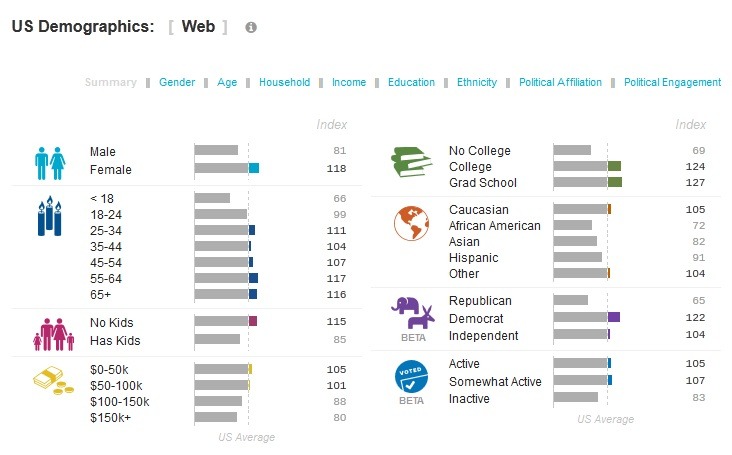
Armed with this data, you can build a content strategy that takes into account the subjects that you can cover (fashion, beauty, relationships…) and the tone that you could employ (casual, mocking, fun…). Such personalized content will resonate more with your audience, and hence, be remembered better.
6. Spacing Effect
What it says: Information is better recalled if exposure to it is repeated over a longer span of time.
This is why last-minute cramming the night before the exam never works. Or why it’s so much easier to remember the lyrics of a song you’ve heard multiple times as compared to one that you heard only once somewhere.
Spacing effects has a lot of practical application in marketing. When specifically thinking about online marketing or content marketing, there are at least two ways that the spacing effect can be used to make content more memorable.
First, you can run email drip campaigns, which are nothing but a set of marketing emails that are sent automatically according to a schedule. Email drip campaigns are often used to educate readers (or customers) about topics related to the marketer’s business.

Second, you can publish a series of posts about a certain topic instead of covering the entire thing all at once. Sometimes it’s just natural to break up a large topic into smaller posts that become part of a series.
For instance, instead of the post “All You Need to Know About SEO”, you could publish a series of ten posts that cover individual aspects of search engine optimization, published over a longer period of time.

7. Verbatim Effect
What is says: The “gist” of what someone has said is better remembered than the verbatim wording.
The amount of information that we have to deal with now as compared to even 10 years ago is astounding. We’re constantly bombarded by it everywhere we go—try this, buy that, do this, read that, and so on. As a result, it’s next to impossible to assimilate everything that we’re exposed to.
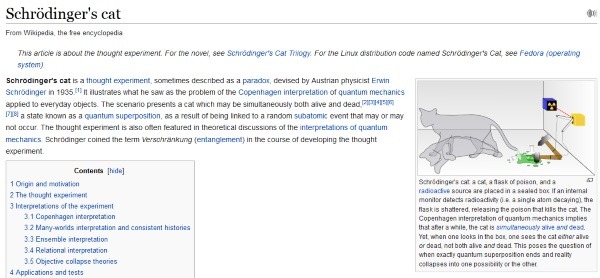
So it’s simply unrealistic if you expect anyone to remember your content in entirety. This is why it’s so important to provide helpful takeaways, summaries, and conclusions along with the blog post or eBook or any other type of media to make it easier for your readers to recall the essence of what you’re trying to communicate.
Bonus: Von Restorff Effect
What is says: Item that stick out are more likely to be remembered.

Conclusion
The human brain is one of the most complex things in existence, yet it’s amazing the kind of insights we’ve uncovered about it. In fact, there’s an upcoming field of study called “neuromarketing” that’s entirely dedicated to understanding how the mind works and its applications in the field of marketing.
In this post, we covered some of the ways in which cognitive biases related to the storage and retrieval of memory can be used to make your content “stick” better in the mind of your readers, which—if you think about it—includes of some pretty simple steps:
- Be funnier,
- make collaborative posts,
- use visuals to convey ideas,
- place important items at the beginning and end of the list,
- address your readers directly,
- present information over a long period of time,
- provide a conclusion, and
- stand out from the crowd! (But not in a bad way)

Shubham is a digital marketer with rich experience working in the advertisement technology industry. He has vast experience in the programmatic industry, driving business strategy and scaling functions including but not limited to growth and marketing, Operations, process optimization, and Sales.


